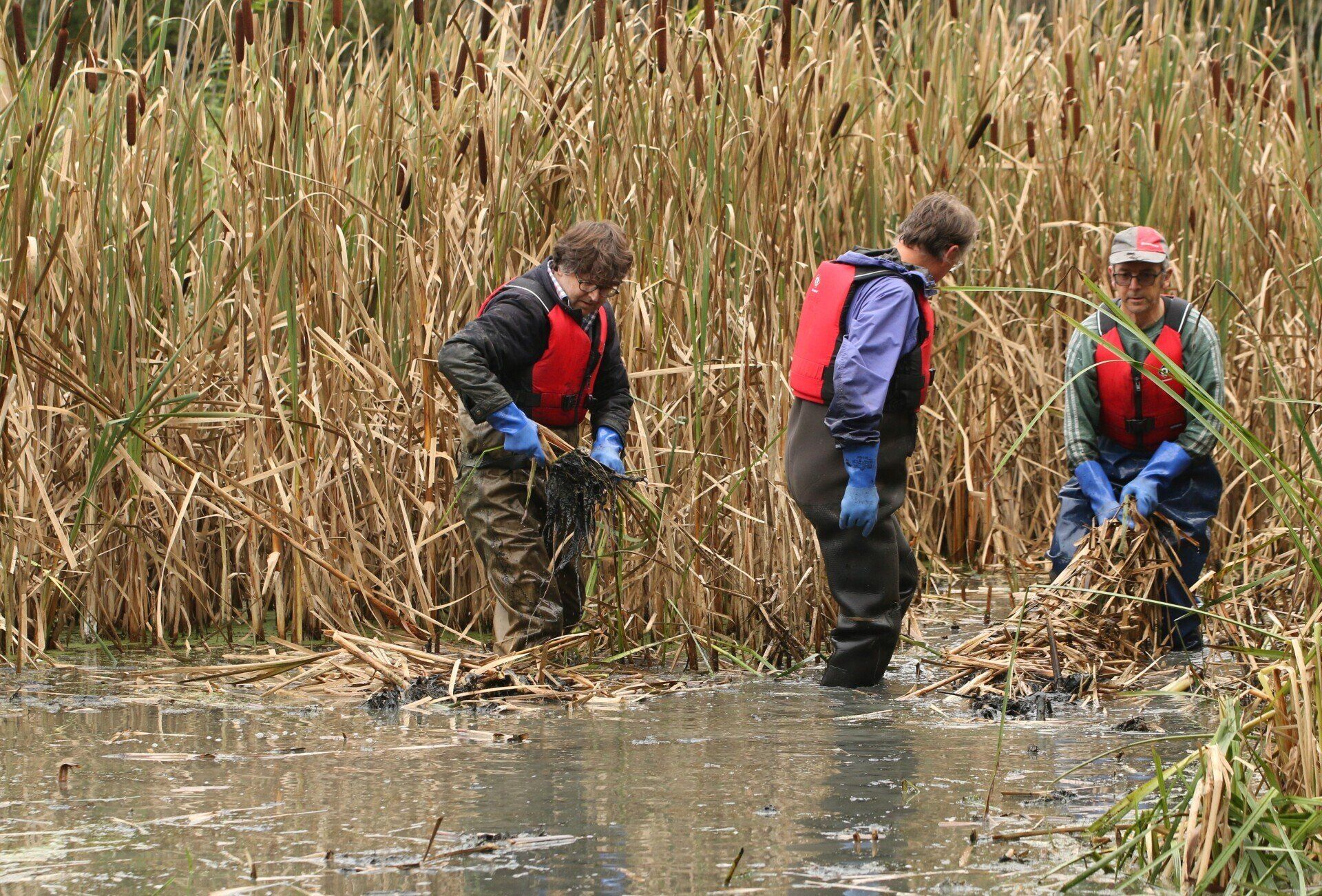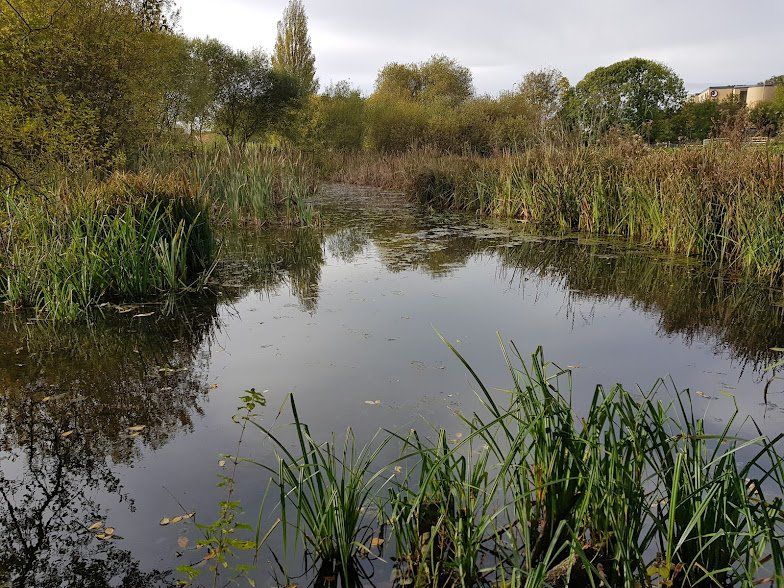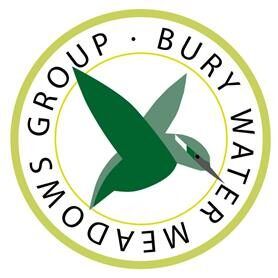Breathing New Life into Bury's Water Meadows
As work to improve precious water-meadows in Bury St Edmunds nears its third year, we hear from WildEast pledgee and volunteer Jillian MacReady as she explains the progress they've made so far.
Coppicing, reed-pulling, and tree planting are just some of the tasks that are on-going at the town's Ram Meadow and wetlands, during a period of transformation that will bring huge benefits to both people and wildlife.

In the autumn of 2020 Bury Water Meadows Group (BWMG) volunteers began the first year of our multi-year habitat management for the open water ‘scrape’ in Ram Meadow. The prescription is set out in a management plan which had never been written for this local nature reserve in the middle of our town.
The objective has been to open up a new part of this water habitat each year to light and air and to reduce the impact of trees and reeds drying-out the water. Upon starting, there was only 15% open water and the habitat was less attractive for reed and sedge warblers, water vole and dragonfly & damselfly species, all of which have been recorded there in the past.
Through the autumn of 2021 we continued with our second year of the programme agreed with West Suffolk Council, running four more volunteer events. The work began by coppicing willow which both blocks light from the scrape and also hides the habitat from the public’s view along the adjacent footpath. Over 2 half days we created a large pile of some 150m3 of cut willow branches. The plan is for this to be converted into woodchip to be laid along the Ram Meadow paths, when a chipper is available!
'Volunteers have been busy managing poplar coppicing and laying out wood-chipped poplar from the first year’s activity onto the now muddy public footpaths. This process has increased the presence of some fungi now found in open spaces!'
Over a further 2 half days volunteers with in-water training then went into the scrape and pulled a section of great reedmace (bullrushes) by hand. These heavy reeds up to 2m tall were then floated to the water’s edge, loaded onto a wheelbarrow and left in habitat piles on the side. This was different to the first year when we pulled mainly branched bur reed and we noticed that this water has now been colonised by hornwort, a native oxygenating plant. The result was to open up a new sector of open water meeting up with the area opened up last year.
Many people in Bury St Edmunds have never ventured beyond the football ground into the area behind, Ram meadow car park as a means of getting into the town is as far as they go. The site used to be the main holding meadows for livestock going to market but was passed onto the local council in 1996 after the Tesco development.

The site is part of the river Lark floodplain consisting of low-lying meadows with a network of drainage ditches but the silting up of the ditches and the drying out of the scrape through willow and bur-reed have combined to threaten the site’s habitats.
'BWMG is therefore pleased to be taking on conservation activities with the aim of creating and maintaining more favourable habitats for the wildlife of Ram Meadow.'
As the non-native white poplars so loved by Councils in the 70s come down in favour of native tress that support our birds and insects we are hoping to do our bit to ease the ecological crisis we find ourselves in. The removal of these trees and reeds (along with excess hemlock and nettles) makes room to increase those plants which are of more useful in supporting our native insects, birds and bats.
We’re proud of being able to make a big difference already after our first two years of work and we look forward to seeing how nature responds.
Check out the Bury Water Meadow Group website by clicking on their logo below:
WildEast Blog

Powered by LocaliQ
Follow Us
SIGN UP FOR NEWS & UPDATES
Newsletter Sign Up
Thank you for signing up to our newsletter.
Please try again later.
Privacy / Terms & Conditions / Sitemap



